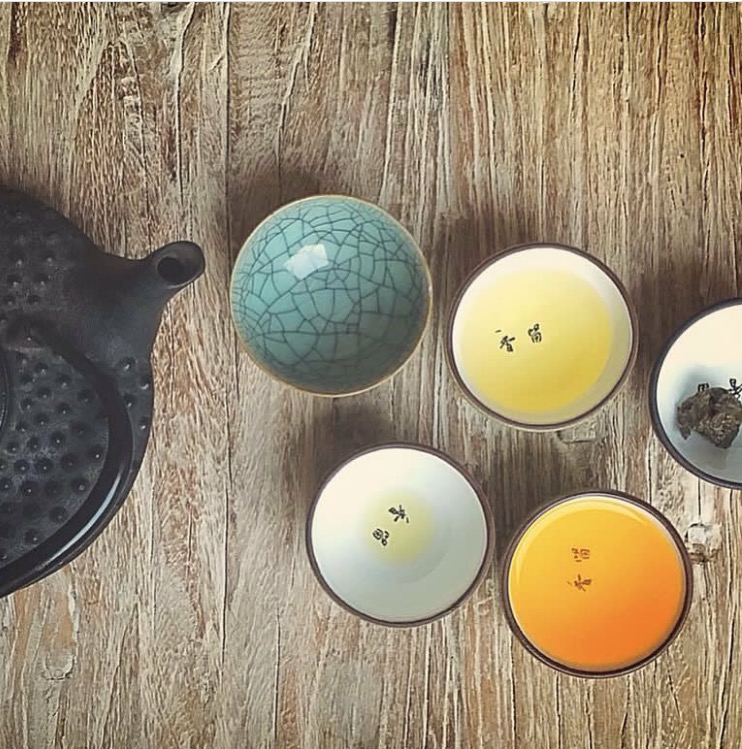Dinacharyais the Ayurvedic daily ritual of self-care. According to Ayurveda, routine plays a significant role in health. A healthy life can best be maintained by creating a daily regimen tailored to a person’s constitution. Governing all daily actions, such as the time you wake up in the morning, the time you eat, the time you begin daily body purification, and the time you go to sleep, is the essence of dinacharya.
Ayurvedic dinacharya has been practiced for thousands of years and has many benefits. It cleanses the body and prevents the buildup of toxins, it helps to keep the senses and mind clear, and it’s very nourishing. Repeating a routine every morning sets the rhythm of your day and gives you a feeling of stability and steadiness. It promotes a healthy organization of the energy channels and the seating of prana (life force) in the body, creating calmness in mind, limiting stress, and minimizing decision fatigue.
The new science of circadian medicine suggests that our genes have lost their ability to perceive and harmonize with the natural circadian cycles of nature. In our modern high-tech world, following the dictates of our body’s circadian clock is becoming more and more of a challenge, and some people are starting to have symptoms of a “nature deficit disorder.” While modern scientists are only now beginning to recognize the relationship between our overall health and the cycles of nature, Ayurveda has emphasized the primacy of this connection for millennia. Current research on this connection may revolutionize modern medicine as we know it, and Ayurvedic practices can be a foundation for this research to build on.
Ayurveda aims to reconnect our bodies to these natural circadian rhythms through the practice of dinacharya. At first, the challenge of establishing a daily self-care routine may seem overwhelming, but you can take things gradually and ease your way into it.
Starting the day right is the most important aspect of dinacharya. According to Ayurvedic teachings, you will have the best health if you wake up before sunrise and excrete waste shortly after. The early morning hours are the body’s natural purification time. Various dinacharya practices that are performed first thing in the morning—including tongue scraping, oil pulling, nasya(herb-infused nose oil) applications, and drinking a glass of warm water with a fresh-squeezed lemon or lime—support this time-sensitive purification process.
Next, to provide a sense of alertness and freshness, you should rub your body with oils and take a bath or shower. Then put on comfortable clothes, exercise, and practice yoga for 30 minutes to 1 hour. Light exercise is necessary each day to keep the digestive system at peak functioning by creating internal heat. Choose the form of exercise that’s best for your constitution, and avoid overexercising. Afterward, rest comfortably on your back with arms and legs outstretched, and breathe from the lower abdomen to calm the central nervous system.
Daily self-enhancing practices are considered crucial in Ayurveda. They don’t have to be difficult or time-consuming. Taking a break as short as 10–20 minutes to refresh your mind and spirit with activities like meditation, pranayama(regulation of the breath), yoga, journaling, or prayer provides immense health benefits. The more time you allow for these types of practices, the greater the rewards.
Eat regular meals daily! Irregular meals and excessive snacking can weaken the digestive fire. The natural course of the day sets the rhythm of our digestive system. Having scheduled eating times is essential, with lunch being the largest meal of the day and occurring between noon and 2 p.m. When the sun is at its highest, our digestive system is also at its peak, so naturally, this is when the largest meal should be eaten; it’s also the best time to eat raw foods and animal proteins. If possible, have dinner before sunset, as the digestive system slows down as the sun goes down. Breakfast should be eaten before 9 a.m. and should consist of something simple and easy to digest. Remember to favor warm, cooked, light meals that are appropriate for the seasons and the doshas you want to balance.
It is best to go to bed by 10 p.m. Keep this regular bedtime as it lets the body know that it is time to wind down and recuperate. To promote healthy sleep, drink a glass of warm cow’s milk or almond milk with cardamom or nutmeg shortly before bed. You can enjoy this while listening to relaxing music. Stay away from stimulating conversations, music, and television for at least one hour before sleep. This suggested regimen follows the flow of energy within the body and its relation to the external environment. Continuous awareness of this natural energy flow is the key to getting the most from your daily routine.
Check out our video 10 things to do before 10 a.m. for dinacharya tips!
Disclaimer
The sole purpose of these articles is to provide information about the tradition of Ayurveda. This information is not intended for use in the diagnosis, treatment, cure or prevention of any disease.




